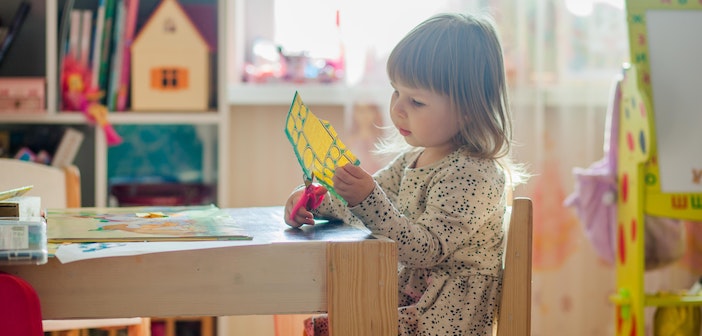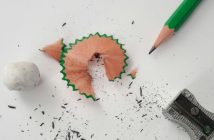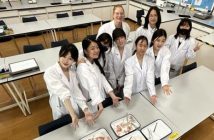There was a time when I was almost convinced that I could get a pretty good idea of schools simply by looking at their stats and reading their brochures. But that naivete is long gone. After many, many school tours and open houses, I’ll never make that mistake ever again.
Brochures show the best side that the marketing team wants you to see; we all know that. But just how far off is the reality from what was advertised?
A friend and I recently visited a daycare that was exactly what we were looking for, on paper. The glossy brochure introduced the place as an international daycare where kids can play and learn in a bilingual environment. The space itself was designed with a lot of natural wood and filled with tons of playground toys and TVs to entertain the kids. Supposedly it was founded by “a well-known psychologist” and its curriculum is designed to help children discover their own interests. Sounds great, right? We thought so too until we took a closer look.
As soon as we walked in, their salespeople descended upon us like a flock of vultures, fighting with each other to be the first to sell their packages even before we toured the place.
When we finally got a word in and explained that as foreigners, we preferred our kids to be in an English-speaking environment, they insisted it wasn’t a problem and asked their foreign teachers to meet us. It was a sweet gesture, but one that backfired instead.
Their foreign teachers were two young men; both with optimistic smiles on their faces. The salesperson stayed close by and watched us like a hawk as we chatted with them, answering on their behalf when they weren’t authorized to answer.
I pulled one of the teachers aside to have a better conversation – not because I wanted to be sneaky, but because it was loud in the room and I genuinely couldn’t hear what he was saying. During our chat, he told me in broken English that he’s from Eastern Europe, and had lived in China for a few years doing a variety of jobs like modeling and teaching yoga. He had only moved to Beijing about four months before, and did not have any prior teaching experience. He even added that it was refreshing to converse in English, since no one else at the school did. We ended our conversation after he informed me of his upcoming root canal procedure and asked me to recommend a dental clinic.
There’s no need to call this place out by name. Sadly, in Beijing, places such as this are commonplace. Yet somehow, there are still plenty of Chinese families fighting to get their kids a spot in this kind of daycare. Yes, there are still parents who naively believe that letting their children simply be in proximity to foreigners, regardless of their native language, will magically improve their kids’ English. Hmm, I surround myself with skinny friends but I’m still fat. So I can safely say that this theory doesn’t work…
It’s been said many times throughout the years but this is a message worth repeating. The words STEM/STEAM and/or Montessori are thrown around so much now that they no longer seem to matter. While there are a great many Montessori schools in Beijing, more than a fair share of these claim to be “Montessori inspired”, which to me, is a fancy way of saying “Montessori knockoff”.
When it comes to choosing a school for your kids, you need to really get a feel for the place, and reading a brochure just doesn’t cut it. You and your kids will need to see the school to experience it first hand and meet the teachers. This is especially true of early childhood education. When it comes down to your final choices for schools, finding one where you fit in is just as important.
To learn more about Beijing’s international schools, visit the School Profile Index on our website.
KEEP READING: Building up STEAM
Images: Pexels




